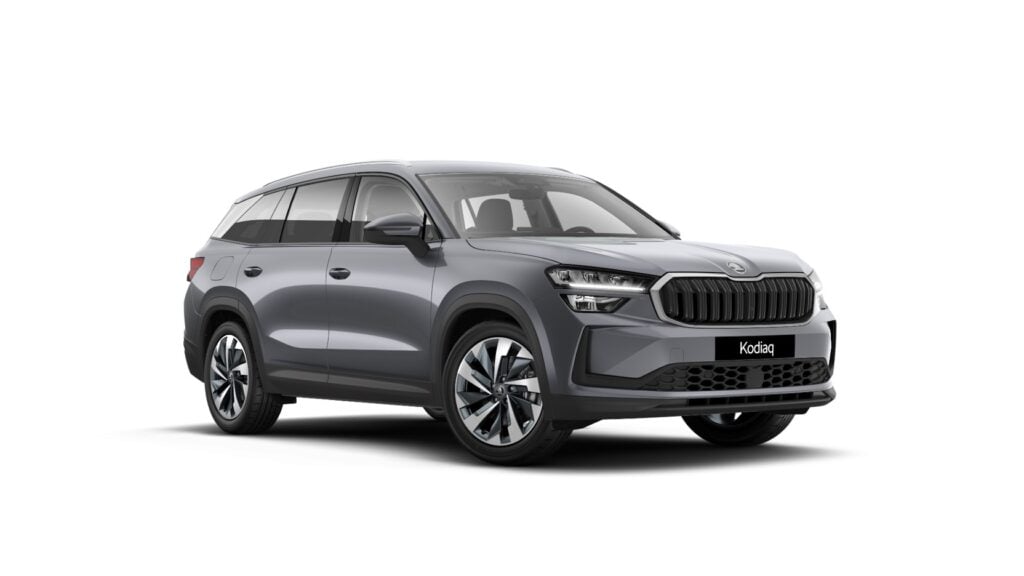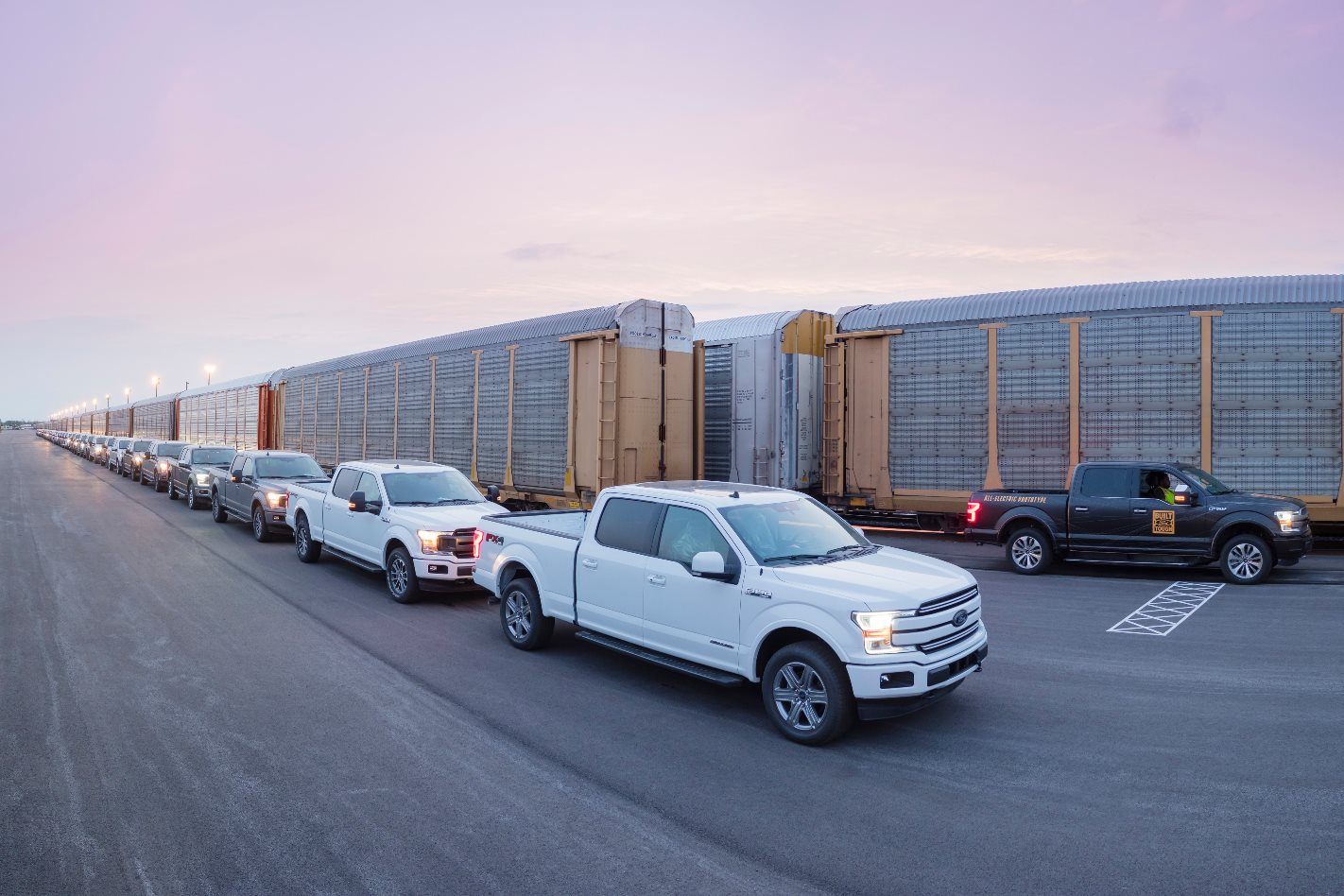
You need only follow the trajectory of two undeniable new vehicle trends to predict a significant milestone in the global automotive sphere: If any self-respecting car brand wants to see a meaningful existence much into the next decade, it’ll need an electric ute in its ranks.
But before you jump into the comments section and bleat about how you’ll never drive an electric ute because they don’t work, or they’re not hairy chested enough, or kill more orangutans than palm oil, save your breath.
Australia might be one of the developed nations least prepared for electrification, but that isn’t going to stop the tide of new models lapping onto our shores – including a raft of one-tonne utes. Here’s why.
EV stands for EVerything
The first of the two seemingly unstoppable trends is the rise of electric vehicles. Year on year, worldwide EV sales were up 40 percent in 2019 with 2.1 million finding homes and, between the various car makers, about 200 new electrified models will be added to the market in the next five years.
Dwindling combustion car sales, booming electric – the maths isn’t hard.
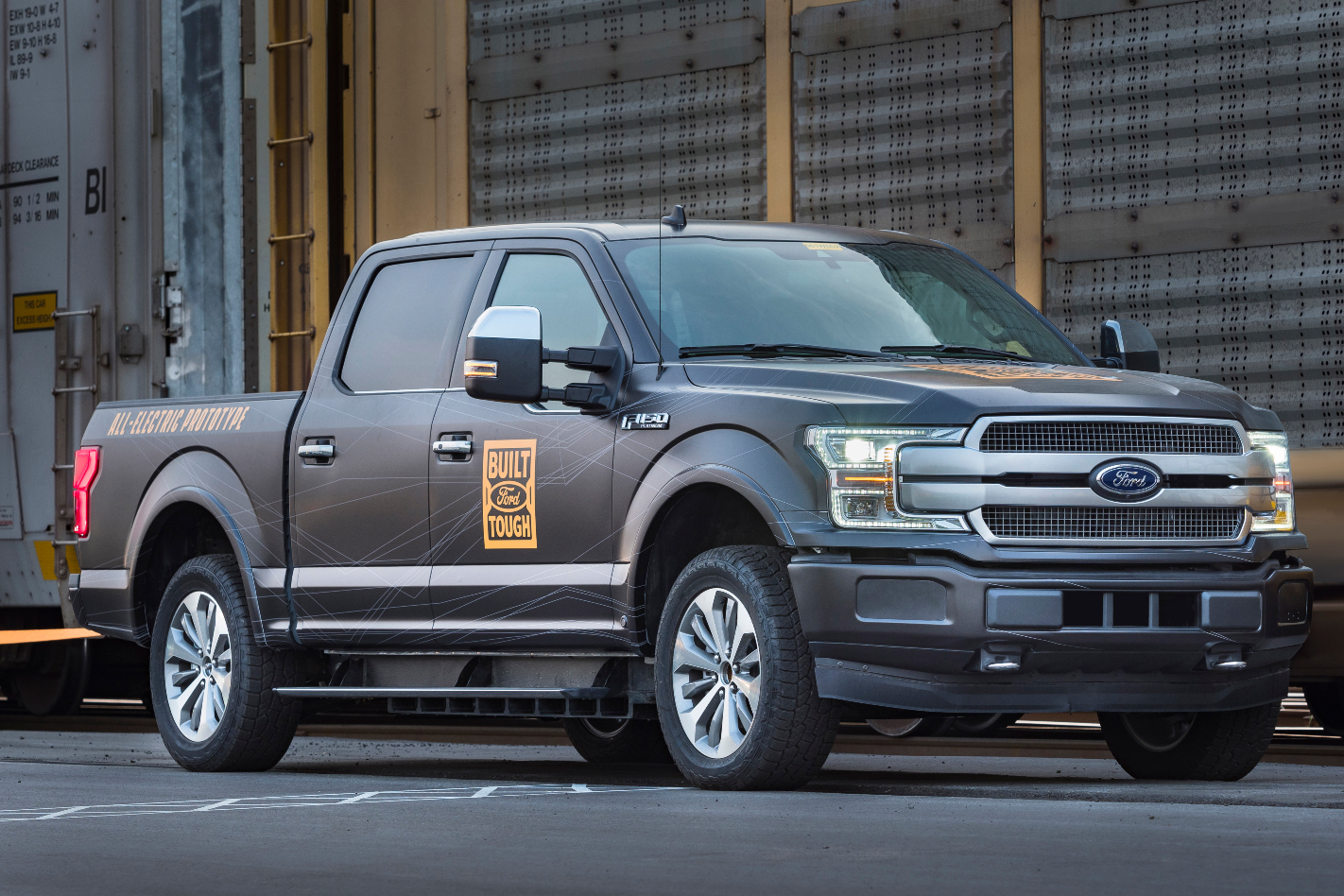
Add to that, batteries are 85 percent cheaper than a decade ago, mass-market models such as the Tesla Model 3, Hyundai Ioniq, Renault Zoe and Nissan Leaf are making EVs more accessible and the global charger network grew to 7.3 million last year.
Australia is slowly getting there with more encouraging EV activity emerging from state and federal governments to meet the clear consumer demand present in the local market. In short, EVs are happening and, while you’ll be able to buy and own a petrol or diesel-powered vehicle for many years yet, they will eventually go the way of the horse.
Truck or judgement?
While China and Europe continue to represent the lion’s share of the global electric market, the United States features significantly as the third most abundant EV and PHEV region.
You can clearly see the worldwide electric market responding to the demand for SUVs in China and Europe (and the US), but there’s yet to be a remarkable swing into electric trucks. Don’t expect that to last long.
From one month to the next, America’s favourite ‘car’ – by a long way – is Ford’s F-series truck, closely followed by the Chevrolet Silverado, and the Ram in third place.
It stands to reason, therefore, with the looming electrification of all markets, manufacturers must offer some sort of EV truck, or one-tonne, or ute, or whatever you want to call it.
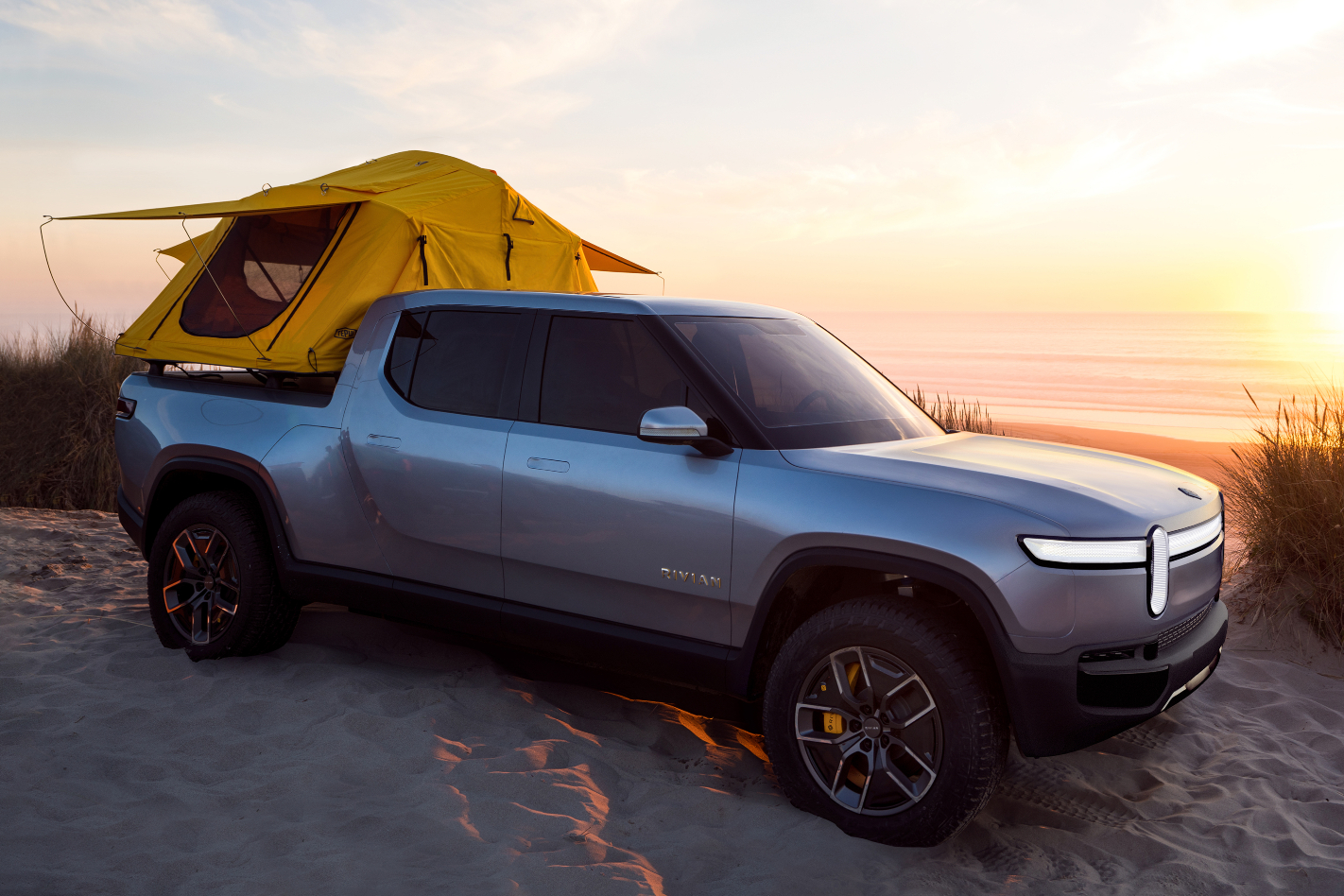
If not, they stand to lose a significant chunk of American market sales.
The good news is that, given the popularity of large and upper-large utes including the locally converted Ram and Silverado in Australia, you can bet your bump-stops a number will find their way Down Under.
On the horizon
Don’t believe it? The sparks of electrification are already starting to find their way into this traditionally large-capacity petrol and diesel-dominated arena.
Bollinger
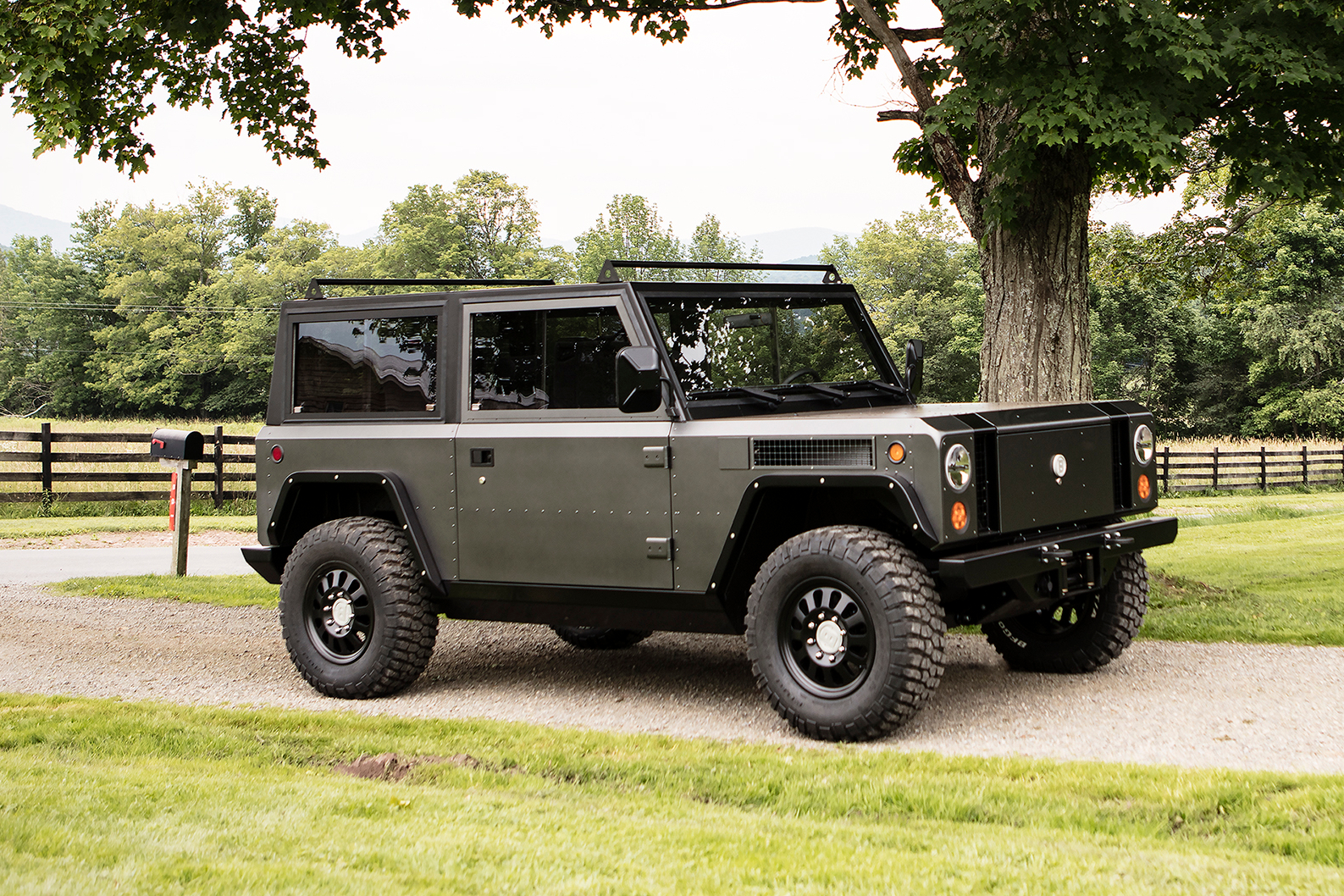
It might look like someone turned a Series three Land Rover into a toolbox, but there’s no ignoring Bollinger’s brawn, and its maker says the B1 and B2 are as fizzy as France’s finest.
The US-based company is not yet ready to promise delivery dates, but it has recently made the decisive step of upsizing its headquarters and relocating to premises four times larger in Oakland County near Detroit.
It is also taking deposits and, although pricing is also yet to be confirmed, the company has indicated a starting ticket price of about US$125,000 (A$175,000). 2021 deliveries are also therefore not unlikely.
The two models will be built on the company’s Chass-E skateboard platform offering two different wheelbases. Both will share the same twin motor, four-wheel drive transmission that can deliver up to 458kW and 900Nm, and zero-to-100km/h in just 4.5 seconds.
In the EV world, Bollinger is going for the Hummer corner of the market with vehicles that are tough and capable if not particularly pretty. A payload of up to 2400kg will be permitted, while towing capacity will be up to about 3500kg, coupled with 380mm of ground clearance.
Hummer
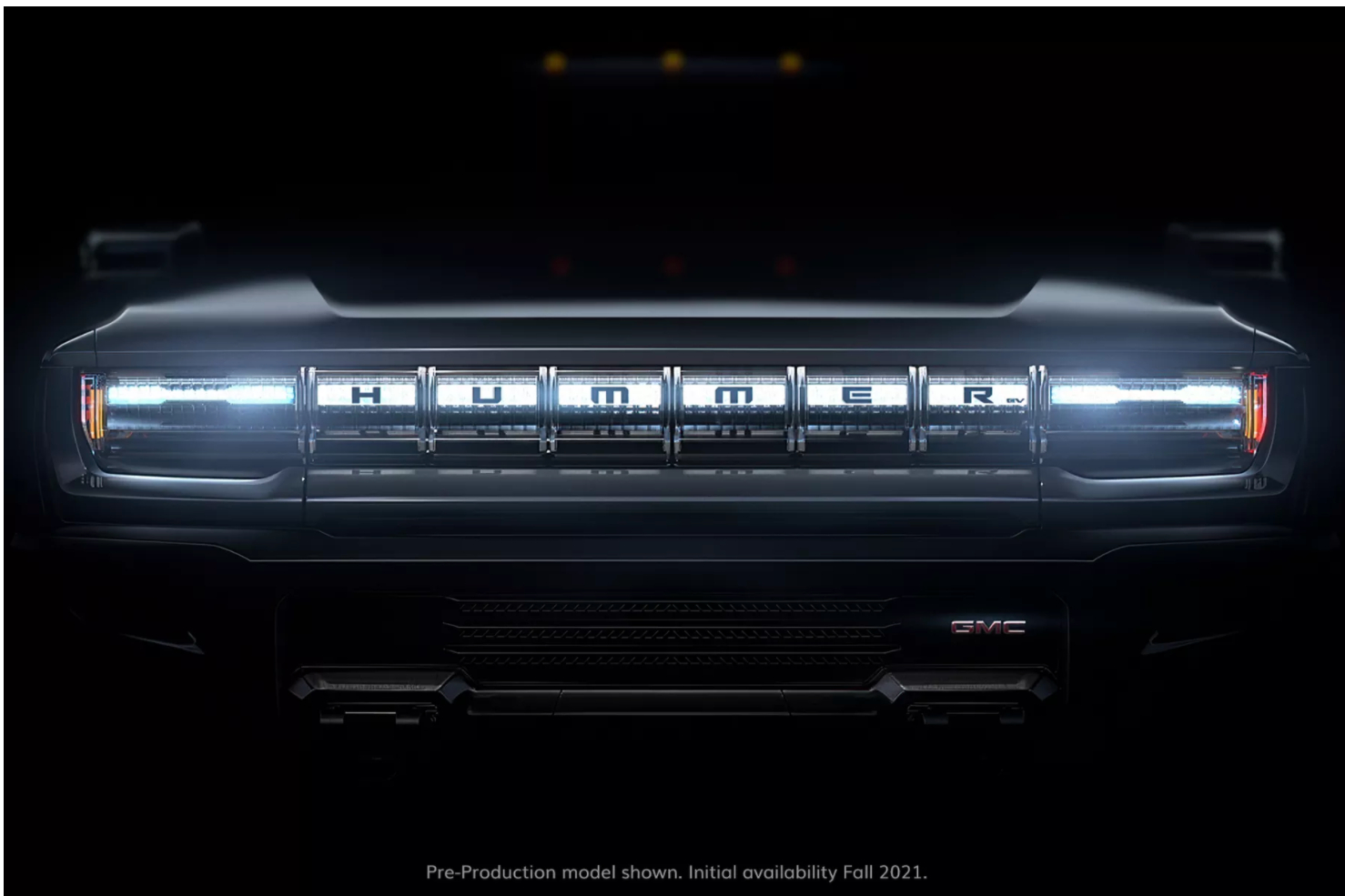
Speaking of the polarising brand, Hummer is one of the brands that will compete in this intriguing arena.
It’s most likely the brand will come out of hiatus with a large SUV but its model history suggests a ute wouldn’t be out of place in the line-up.
Prophetically, one of Hummer’s most high-profile former customers, Arnold Schwarzenegger once converted a Hummer into a pure electric vehicle to fit with his environmental advocate persona and as the governor of California.
Perhaps now he will make a return to the brand?
Rivian
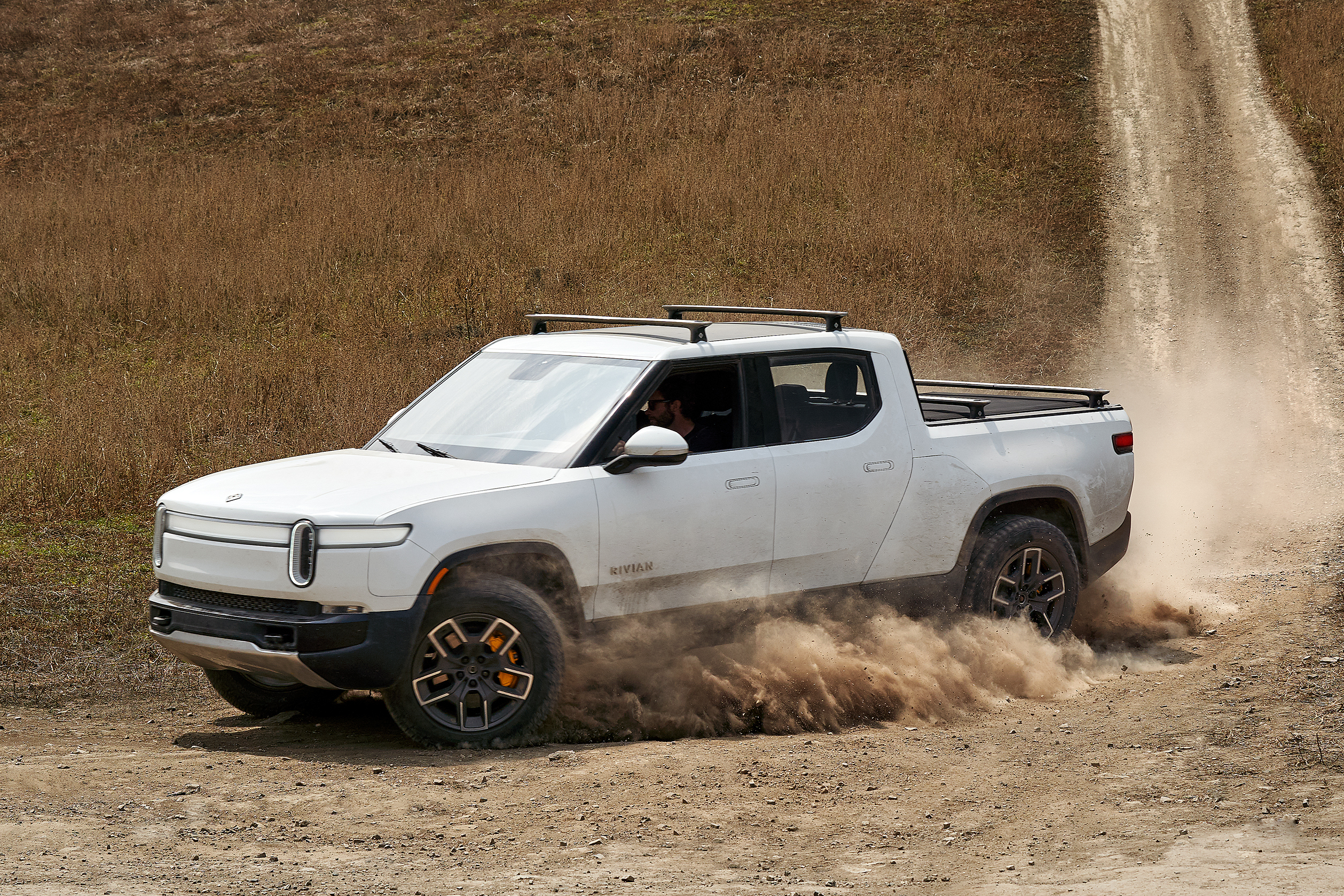
Ford has realised that slapping a big battery and motor onto its most successful model in the US might not initially resonate favourably with its pig-skinning, pistol twirling customers.
That’s why the Blue Oval’s EV truck movement was going to be pioneered and driven by Rivian along with heavy investment from Amazon. At least it was until the Covid-19 crisis prompted Ford to pull out of the contract.
Nonetheless, with or without Ford cash ($500m), Rivian is persevering and is set to deliver its first model – the R1T – in less than a year.
A recent email to its most committed customers revealed the company is planning to deliver the first orders in June 2021, while the R1S will start silently rolling out to customers in August.
There’s a good chance you’ll see this intriguing startup brand in showrooms and on the road in Australia.
Ford, on the other hand, is hedging its bets with an electrified version of the F-150 already in the works.
Nikola
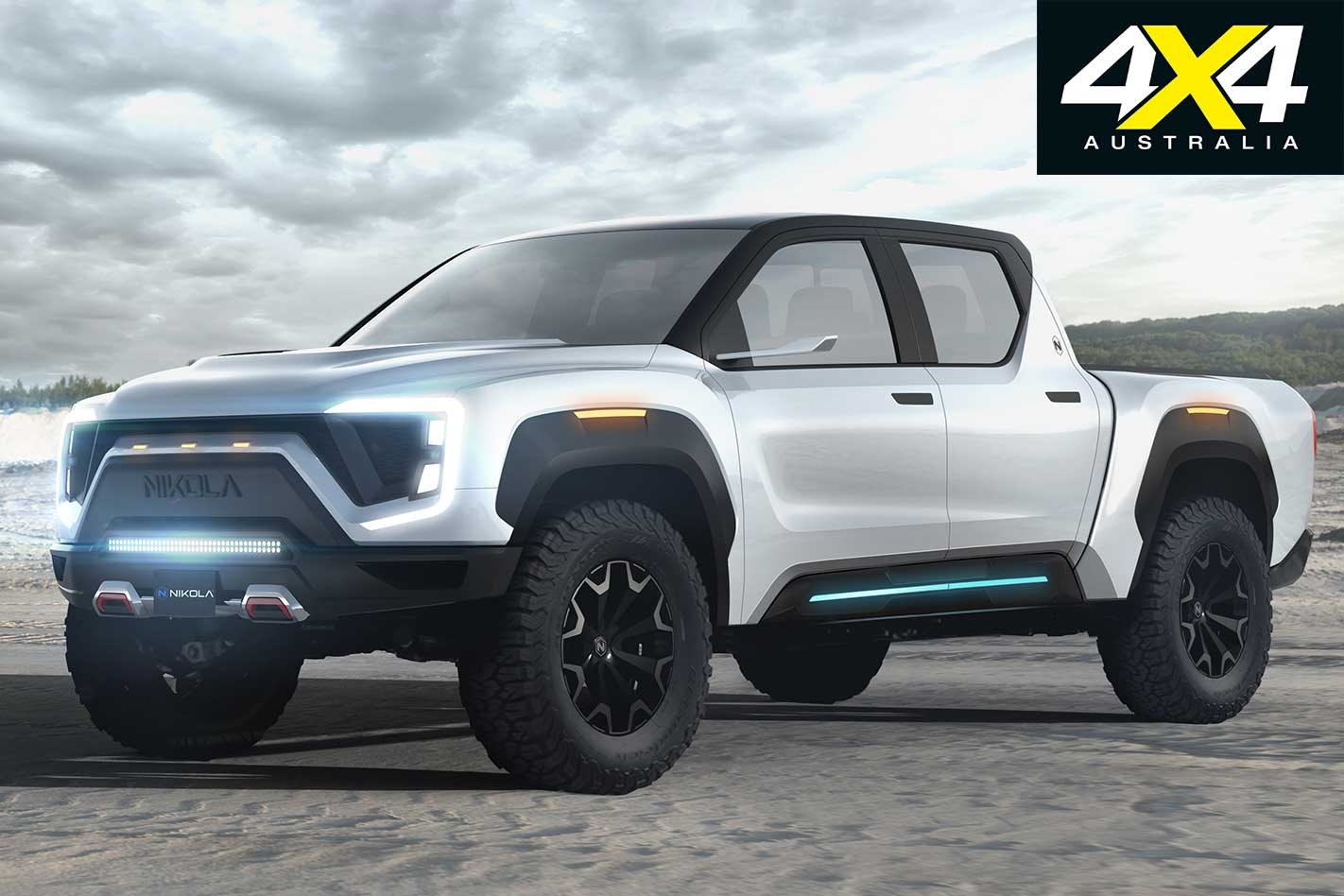
And if batteries aren’t your thing with the long charging times and weight as hefty as their price, what about a ute that takes electricity from a fuel cell?
Nikola Badger might sound like the name of a schoolfriend who will always be remembered for doing something embarrassing, but it also happens to be the world’s first production FCEV ute.
Once again, this extraordinary beast is from another US-based start-up and takes performance into a decidedly supercar-like realm.
A sustainable power output of 339kW can be temporarily spiked to 675kW and 1329Nm of torque for 0-100km/h acceleration in just 2.9 seconds.
Excited Americans can order one right now but even more excitingly, Australian names will be added to the list in due course.
Tesla
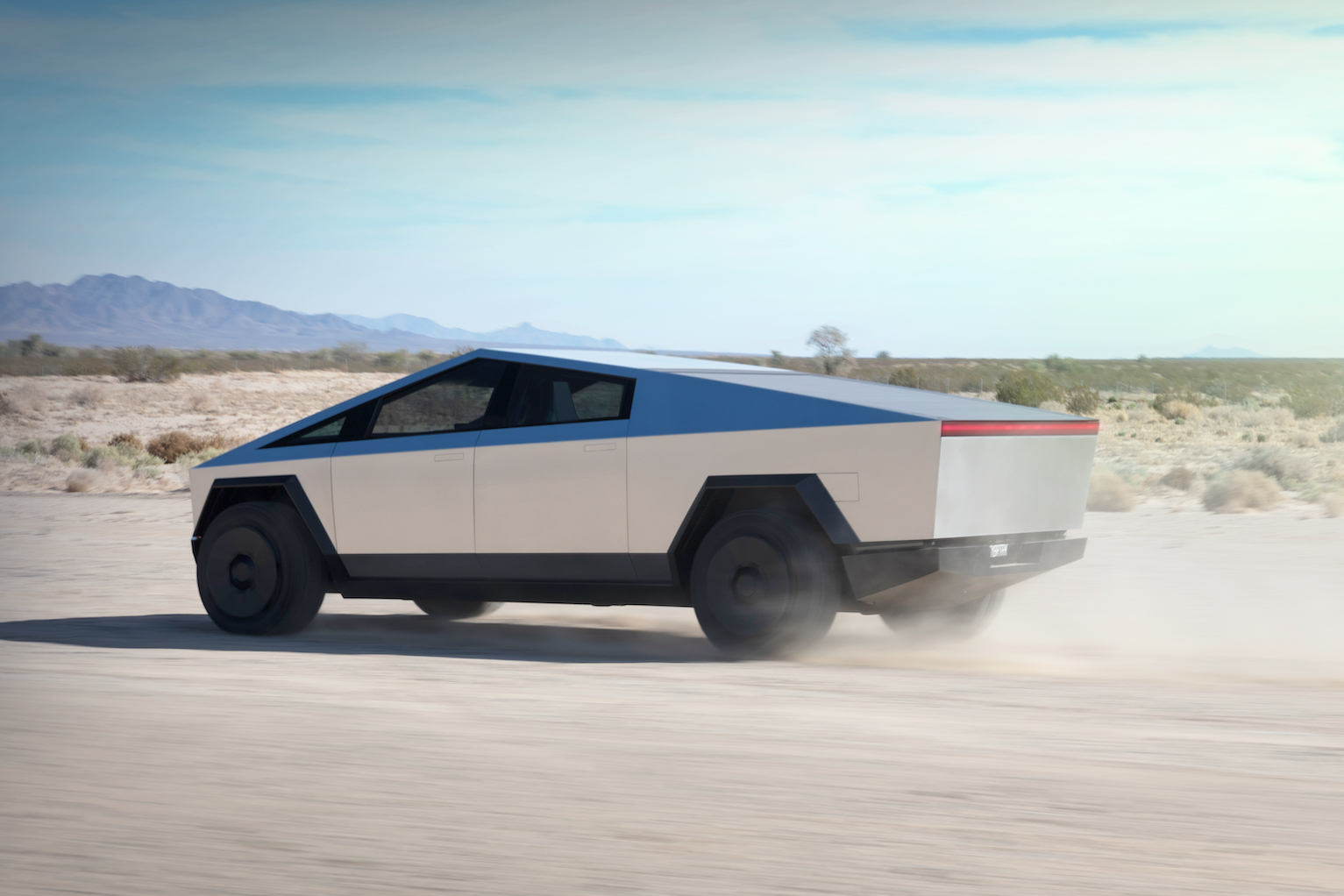
Of course, the world leader in luxury EV sales made a memorable reveal of its candidate into the electrified truck world when Tesla very publicly demonstrated the Cybertruck’s flimsy windows.
Officially, the Tesla truck won’t be coming to Australia at this stage with no markets outside of North America under consideration, although that may be due to current supply and production constraints.
If US demand cools off, there’s a chance other global regions may be offered a chance to buy a Cybertruck. Although the official answer is ‘no’, tantalisingly, the Tesla Australia website will allow a Cybertruck to be ‘ordered’ with a $150 deposit.
On the same page and for an additional $10,100 you can also check a box for ‘full self-driving’ so take from that what you will.
Toyota
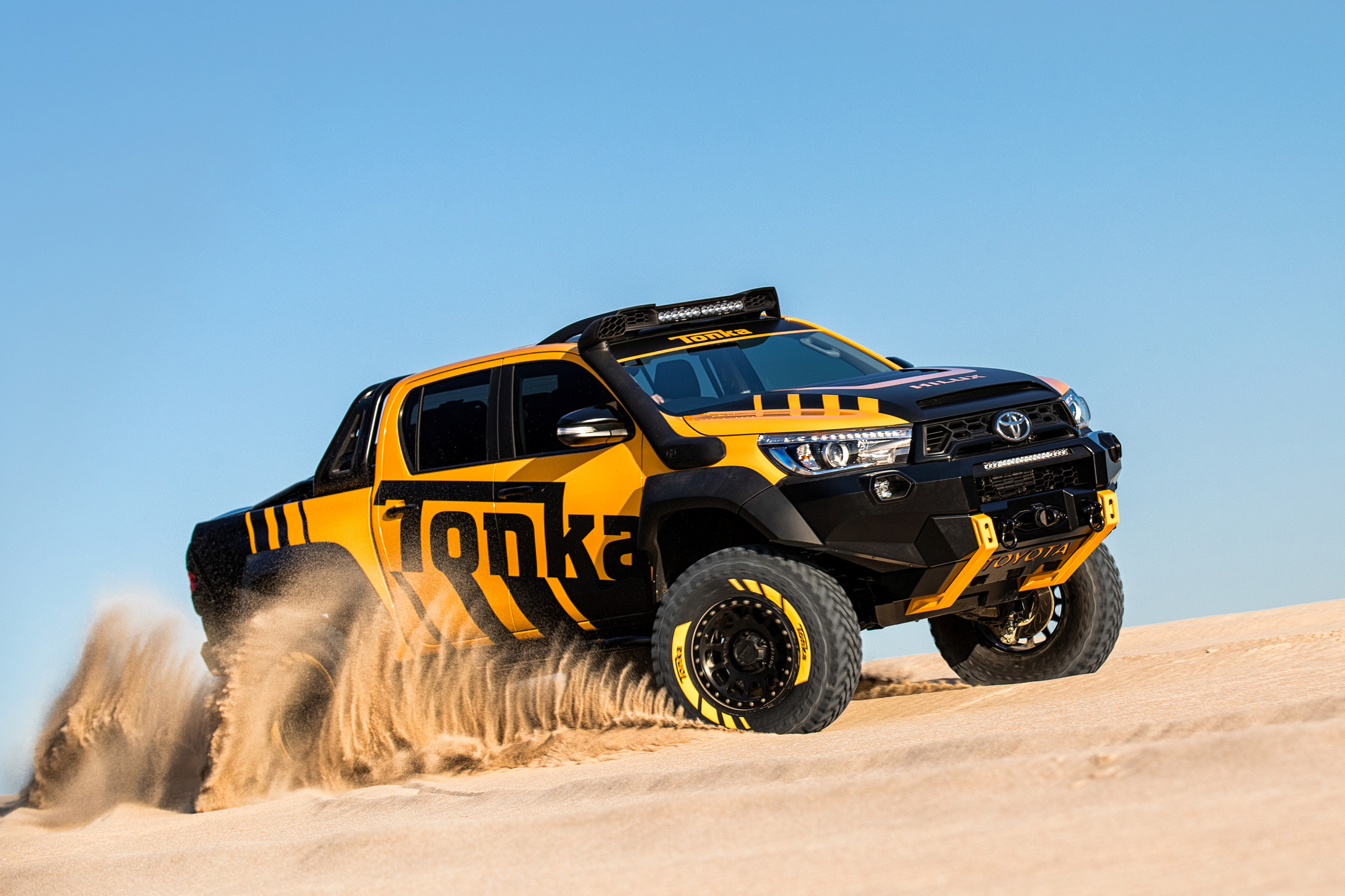
The Big T has already confirmed it will transition is Tundra and Tacoma US-market trucks into battery and PHEV power and, as the Hilux is due to move onto the same F1 platform as its beefy brethren, it makes sense for the Hilux to join the EV party.
It makes sense since the Japanese giant confirmed all its models would offer an electrified option at a point in its future. Once again, the question of EVs is no longer a matter of if, but when.


